Molding a Mold of a Mold to Make Other Molds: Making a Rotational Casting Machine
While looking online for molding and casting inspirations, I quickly stumbled upon various projects involving rotational casting machines. While Neil’s eloquently highlighted the various advantages and opportunities offered and afforded by molding and casting, I kept the prejudice that, at a DIY level, this practice was only useful for making full, bulky pieces – in that sense, I was especially interested to see how such an easily buildable device allowed to expand even more the possibilities embodied by these two technics.
While discussing ideas that could be accomplished with such a device, Ferdi quickly recommended me to make one of them as my final project and I have to say that I am finding this idea quite attractive at the moment. I still need to reflect upon the question, but I nonetheless decided to take a first step in that direction and use the molding and casting assignment to make a bevel pinion that could allow to transmit a given rotational force to a second, perpendicular axis.
The design part went quite well. SolidWorks offers a series of default pieces that can be easily generated, including bevel pinions, and I could quickly easily select the settings for the needed piece and export it to Rhino as a .step file. Making the mold went fairly smoothly after having been able to find the right spot where to divide the piece (thanks to the help of Ferdi), and I could start the milling quite promptly with the Modela. The first draft with a 3mm mill took two hours to complete, while the final refining with a 1mm mill took a full four hours. I made few (stupid) mistakes with my design, but could easily fix them on the spot with a drill a third mold improvised out of a plastic cup and some plasticine (whatever works, right?).
To make the mold, Ferdi’s DIY pressure chamber revealed to be essential to take out the bubbles out of the silicone mix and therefore assure the right finishing, but I ended up having to literally destroy it to take my plastic piece out of it (now, I know that, even if the package says that the mix contains some oil that makes it easy to take a casted piece out, one still needs to read the data sheet to realize that this oil’s efficacy is only assured if it is mixed with another detaching spray – always read the data sheet, kids). The piece itself came out really neatly, but required a long period of cleaning and scrapping to take out all the resin residues. I doubt that I will be able to use it for my actual project – for there is still some bits of resin that I couldn’t bother scrapping since I need to make another mold for the second piece anyway – but now I know that, next time, the detaching spray is far from being a simple recommendation and I should then be able to make two identical pieces out of the same mold.
See below for all the details/for each step.
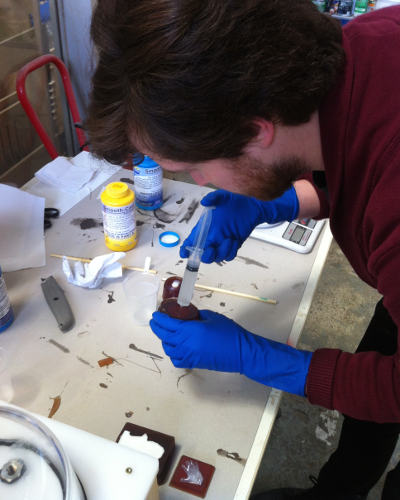
- Week: 09
- Subject: Molding and Casting
- Tools: SolidWorks, Rhino, Modela, Wax, Resin, Silicone
- Objective: Design a Mold and Cast a Piece out of It
- Files: Click here
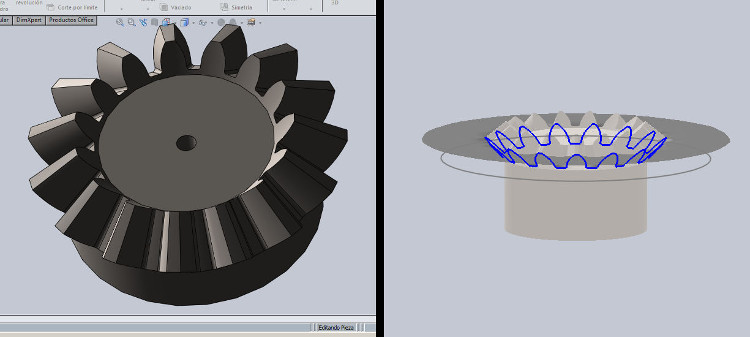


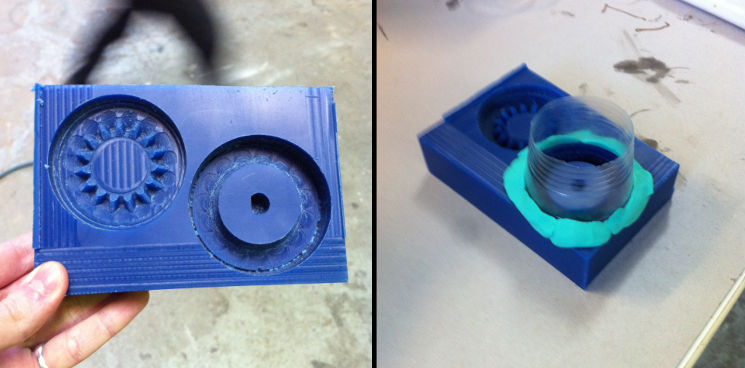
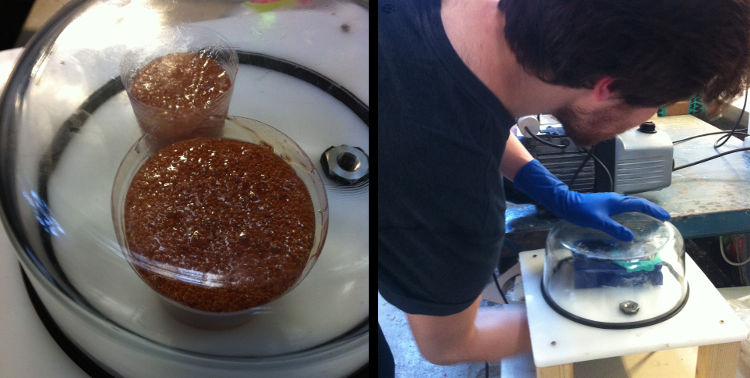
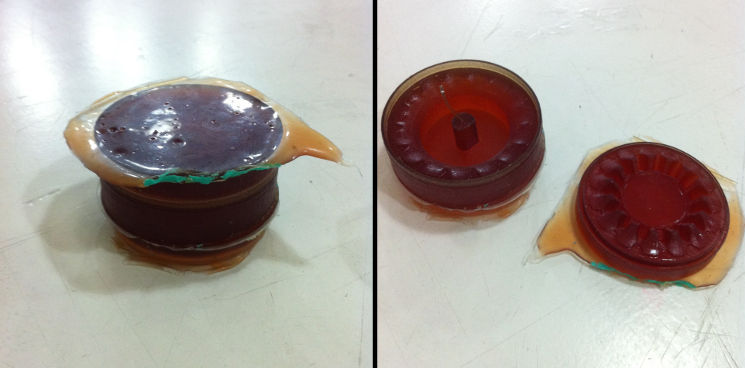
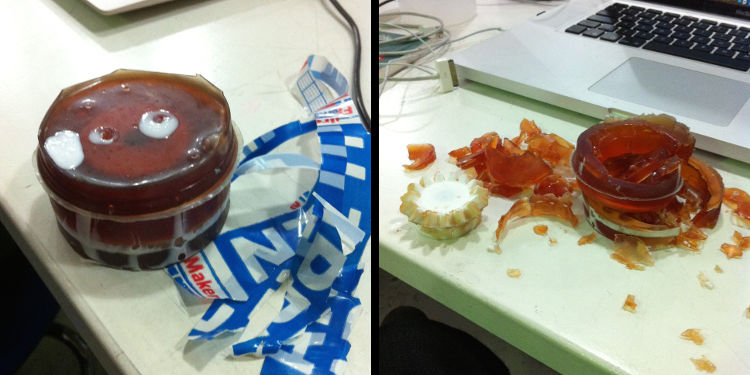
 Files:
Files: